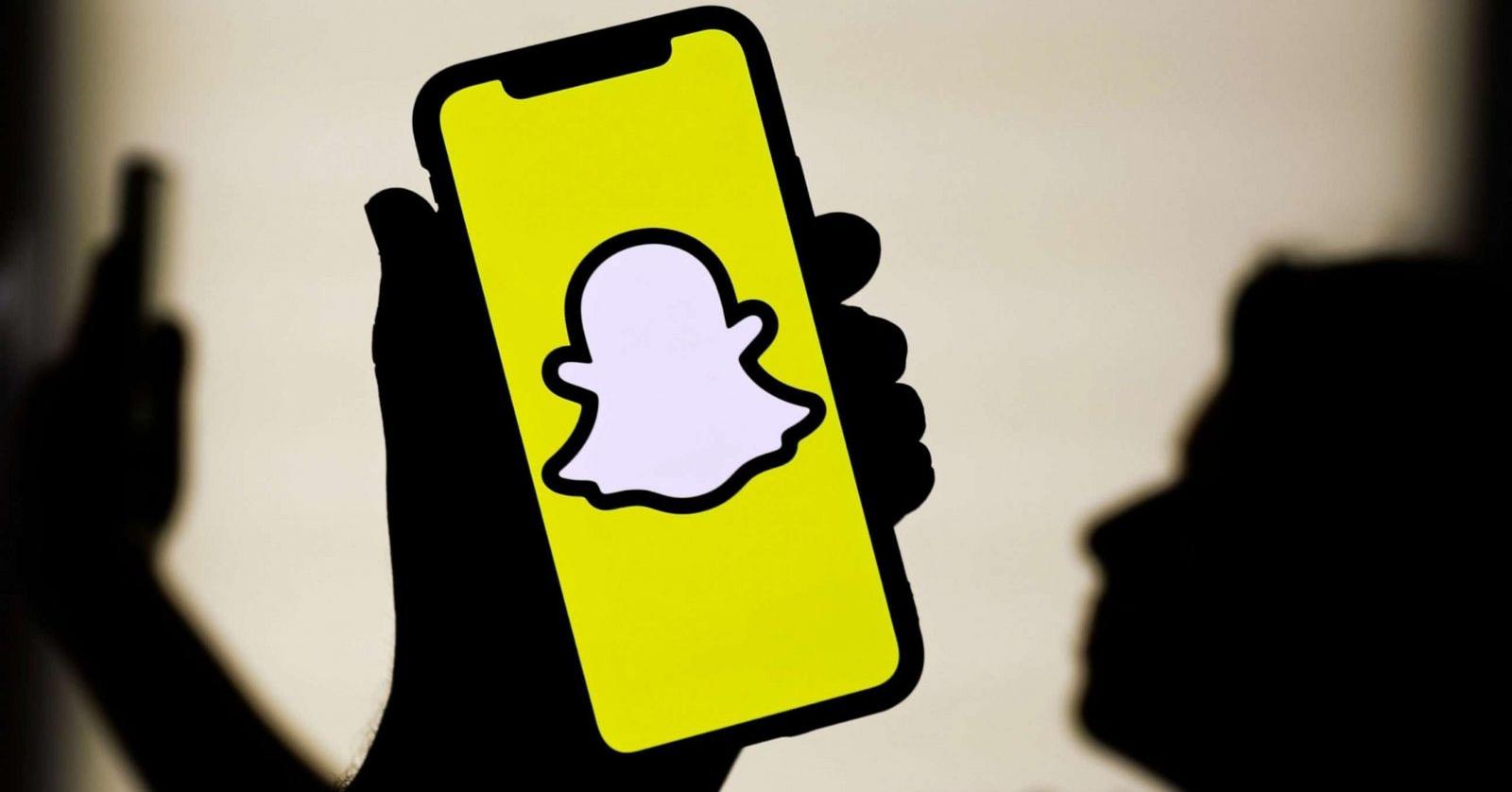Are you curious to know what is sh addiction? You have come to the right place as I am going to tell you everything about sh addiction in a very simple explanation. Without further discussion let’s begin to know what is sh addiction?
Addiction is a complex and challenging condition that can affect individuals from all walks of life. One form of addiction that has gained attention in recent years is “Sh” addiction. In this blog, we will delve into what Sh addiction is, explore its causes and effects, and discuss the path to recovery and healing.
What Is Sh Addiction?
Sh addiction refers to an addiction to the social media platform “Snapchat,” often characterized by excessive and compulsive use of the app. Snapchat is a multimedia messaging app that allows users to send photos and videos that disappear after a short period. While Snapchat can be a fun and harmless way to connect with friends and share moments, excessive use can lead to addiction-like behaviors.
Common Signs Of Sh Addiction:
- Excessive Use: Spending a significant amount of time each day on Snapchat, often to the detriment of other responsibilities and activities.
- Neglecting Responsibilities: Failing to fulfill work, school, or personal obligations due to excessive Snapchat use.
- Withdrawal Symptoms: Experiencing restlessness, irritability, or anxiety when unable to access Snapchat.
- Loss of Interest: Losing interest in hobbies, social activities, or relationships outside of the digital world.
- Privacy Concerns: Sharing personal information or engaging in risky behaviors on Snapchat that one would not normally engage in offline.
Causes Of Sh Addiction
Sh addiction, like other forms of technology addiction, can have various underlying causes:
- Instant Gratification: Snapchat provides immediate rewards in the form of messages, likes, and responses, which can be addictive for individuals seeking quick satisfaction.
- Social Pressure: The desire to keep up with peers and stay connected to social circles on Snapchat can drive excessive use.
- Escapism: Some individuals turn to Snapchat as a form of escape from stress, anxiety, or real-world problems.
- FOMO (Fear of Missing Out): The fear of missing out on exciting or important events shared by others on Snapchat can drive compulsive checking and use.
- Peer Influence: Peer pressure and the influence of friends who are heavy Snapchat users can contribute to addiction-like behaviors.
Effects Of Sh Addiction
Sh addiction can have a range of negative effects on an individual’s life:
- Mental Health: Excessive use of social media, including Snapchat, has been linked to mental health issues such as depression, anxiety, and low self-esteem.
- Isolation: Addiction to Snapchat can lead to isolation from real-life social interactions and relationships.
- Productivity Loss: Neglecting responsibilities and spending excessive time on Snapchat can harm academic and professional performance.
- Privacy Concerns: Over-sharing on Snapchat can result in privacy breaches and potential security risks.
- Sleep Disturbance: Late-night Snapchat use can disrupt sleep patterns, leading to fatigue and health issues.
Recovery And Healing
Recovery from Sh addiction is possible with the right support and strategies:
- Self-Awareness: Recognize and acknowledge the addiction and its negative impact on your life.
- Seek Support: Reach out to friends, family, or mental health professionals for support and understanding.
- Set Boundaries: Establish limits on your Snapchat use and stick to them. Delete the app if necessary.
- Engage in Real-Life Activities: Reconnect with offline hobbies, interests, and social activities.
- Digital Detox: Consider taking breaks from social media or participating in digital detox programs.
- Professional Help: If the addiction is severe, consider seeking therapy or counseling to address underlying causes and develop coping strategies.
Conclusion
Sh addiction, like any form of addiction, can have detrimental effects on an individual’s well-being and quality of life. Recognizing the signs, understanding the causes, and seeking support are crucial steps toward recovery and healing. Remember that you are not alone, and there are resources available to help you regain control of your life and find a healthier balance between the digital world and the real world.
Learn more about similar topics like these on Clynerr.
FAQ
What Does Sh Mean In Addiction?
Self-harm can be classified as a behavioral addiction. People who have behavioral addictions — like gambling or compulsive buying — may: Become overly focused on the behavior. See the behavior as a solution to a problem. Continue performing the behavior, even though it causes distress.
What Are The Three Types Of Addiction?
The main types of addiction include:
- Physical addiction: addiction to addictive substances such as nicotine, cocaine, alcohol, opioids, etc.
- Behavioral addiction: a compulsive need to engage in certain behaviors such as sex, pornography watching, work, exercise, eating junk food.
What Are The 9 Types Of Addiction?
The DSM-5 specifically lists nine types of substance addictions within this category (alcohol; caffeine; cannabis; hallucinogens; inhalants; opioids; sedatives, hypnotics, and anxiolytics; stimulants; and tobacco).
What Are The 4 Areas Of Addiction?
As a concept, the four Cs of addiction was created to distill the disease of addiction to its most fundamental parts, which are compulsion, cravings, consequence, and control. They have since become a useful way to accurately describe or even identify addiction.
I Have Covered All The Following Queries And Topics In The Above Article
What Is A Sh Addiction
What Is An Sh Addiction
What Is Sh Addiction
What are 3 types of addiction
